Chatbots have revolutionized customer service and streamlined consumer problem-solving. However, some people still find this new mode of assistance strange, and companies need to devise strategies to increase chatbot engagement and retention rates.
Want to know how your company can improve these rates in your chatbot? Keep reading and discover how to use these metrics to ensure the success of chatbot support and enhance customer relationships!
What Is Customer Loyalty?
Customer loyalty involves retaining already acquired customers, i.e., keeping them buying from your company. To achieve this, various strategies are used to strengthen the relationship between the brand and the customer, promote consumer trust in the company, ensure the quality of products, services, and support, and address any other aspect influencing customer re-engagement in the buying cycle.
How AI Chatbots Work: The Science Behind the Interaction
AI chatbots are essentially computer programs designed to mimic human conversations. They work by first understanding the words and phrases you type using a technique called Natural Language Processing (NLP). This helps the chatbot break down your message into parts it can understand, such as the intent of your question or the key information you’re seeking.
Once it has a grasp on what you’re asking, the chatbot then uses its programming and any previous conversations it’s been trained on to come up with the most appropriate response. This training allows the chatbot to improve over time, learning from the vast array of interactions it has with users to respond more accurately and sound more like a human.
The goal is for these chatbots to provide helpful, conversational responses that feel natural, making it easier for people to get information or complete tasks through simple text or voice commands.
What Role Do Chatbots Play in Customer Loyalty?
Here’s how chatbots contribute to customer loyalty strategy:
1. Offer Round-The-Clock Support
Chatbots allow companies to provide 24/7 support as they operate independently of human intervention and don’t need to be disabled outside of business hours, weekends, or holidays.
This is beneficial for customer loyalty since it’s more convenient to have support from a company that you know will be available whenever you need it.
2. Provide Swift Assistance
A single bot can handle thousands of customers simultaneously and provide quick responses, increasing consumer satisfaction and, consequently, the number of loyal customers.
3. Enable Data Collection
Data is a business’s main asset. Conversational interfaces collect data from users accessing the company’s communication channels and trigger satisfaction surveys.
With this information, it’s possible to understand the target audience’s profile to develop more effective loyalty strategies. Surveys also allow verifying if customers are satisfied with your company, products, or services, aiming to improve them – if necessary – to ensure a higher loyalty rate.
4. Personalize Support
Although the customer interacts with a computer program, this doesn’t mean the support will be impersonal, robotic, or lacking customization.
Today, Artificial Intelligence technologies such as Machine Learning and Natural Language Processing (NLP) allow the software to learn from its own experiences, improve itself without the need for human intervention, and understand what people type or say, regardless of the use of slang, language quirks, and regional terms.
Thus, you can offer customer support chatbots with the same tone of voice, values, and preferences as your customer, which will certainly contribute to building a connection between the brand and the consumer and fostering loyalty.
5. Provide Greater Accessibility
You likely have a preferred communication channel, whether it’s because most people you know are on a specific social network or you like the communication style, layout, or communication features.
The ability to contact a company through your preferred communication channel is a convenience that can help increase brand-customer contact and loyalty. A bot can assist you in this task because it’s an omnichannel technology, meaning it can be integrated into different communication channels.
6. Facilitate Customer Contact Maintenance
Conversational interfaces enable the automated sending of personalized messages to different contacts, prompting them to move forward in the sales funnel to complete a purchase. Thus, it’s possible to notify them about launches, promotions, or even apply a remarketing strategy based on the data collected by the software.
Moreover, chatbots can be used to keep the audience engaged on social media, as they can be programmed to like and respond to comments, reply to direct messages, and automatically publish posts.
Why Worry About Chatbot Engagement and Retention?
Today, it’s understood that chatbots are the future of customer relationships. After all, they can streamline support and, with their ability to interpret, understand, and predict, can maintain a communication tone with the customer that closely resembles personal contact, as well as provide more comprehensive information.
For this strategy to be successful, it’s essential that the chatbot can engage and retain consumers.
How to Increase Engagement and Retention Rates?
So, how can a company reverse this situation? How can it prepare its chatbots to increase these rates and engage customers? Here are some tips we’ve gathered for you:
Get to Know The User
Remember that one of the ideas of the chatbot is to promote an interaction similar to personal contact. Therefore, just like in a marketing campaign, it’s necessary to know the target audience with whom it will interact and adapt its language accordingly.
Although the chatbot is an automated resource, it shouldn’t behave as such. It’s important for it to have a personality that is consistent with the characteristics and expectations of the target audience. To achieve this, it’s necessary to know your persona and create a character with whom they can dialogue.
Make The Customer Onboarding Process Engaging
Customer onboarding — the process of integration and adaptation as a chatbot user — should be a kind of guided tour, where users learn to use your chatbot practically. This moment needs to be interesting and leave the user curious. In other words, the experience must be irresistible.
With this in mind, gamification strategies, for example, can be useful.
Collect Information
Your chatbot will need to interact with customers, understand them, and solve problems — and artificial intelligence can do that by capturing information from them. Therefore, take advantage of the onboarding experience to ask questions that the user needs to answer in the first interactions.
This is an efficient way to collect data that allows segmenting your audience.
Keeping this in mind, find a different and interesting way to discover the user’s challenges, goals, desires, fears, and lifestyle. This data can be used to provide the most appropriate responses.
Give Reasons for The User to Return
Above all, your chatbot needs to develop a relationship with the customer. This involves both a convergence of purposes and creating reasons for the user to return.
Different episodes of a story can be presented each day, for example, or baits can be used according to the customer’s interests. Reminders, notes, and messages inviting the user to return can also be sent.
The ideal is to really establish a conversation: the user asks, the chatbot answers. If the customer disappears, the bot calls back for interaction. And thus, a lasting dialogue is established between the parties.
Maximizing Customer Engagement with AI Chatbots: Unlocking the Potential with Index365
By providing round-the-clock assistance, swift responses, personalized interactions, and accessibility across various channels, chatbots offer businesses the opportunity to connect with customers on a deeper level while efficiently addressing their needs.
However, to fully leverage the potential of AI chatbots, companies must focus on continuously improving engagement and retention rates. This involves understanding the user, optimizing the onboarding experience, collecting relevant data, and creating compelling reasons for customers to return.
As businesses strive to enhance their customer relationships through AI-powered chatbots, they can unlock new opportunities for growth and innovation in the digital age.
To embark on this journey of transformation and elevate your customer engagement strategies, explore the capabilities of Index365 today. Contact us!







